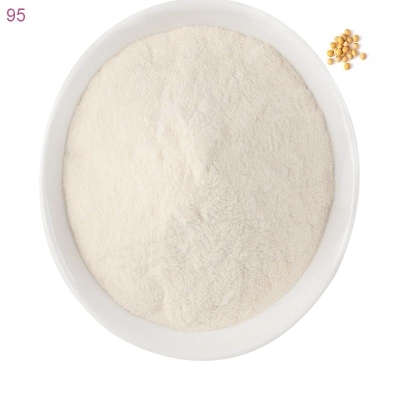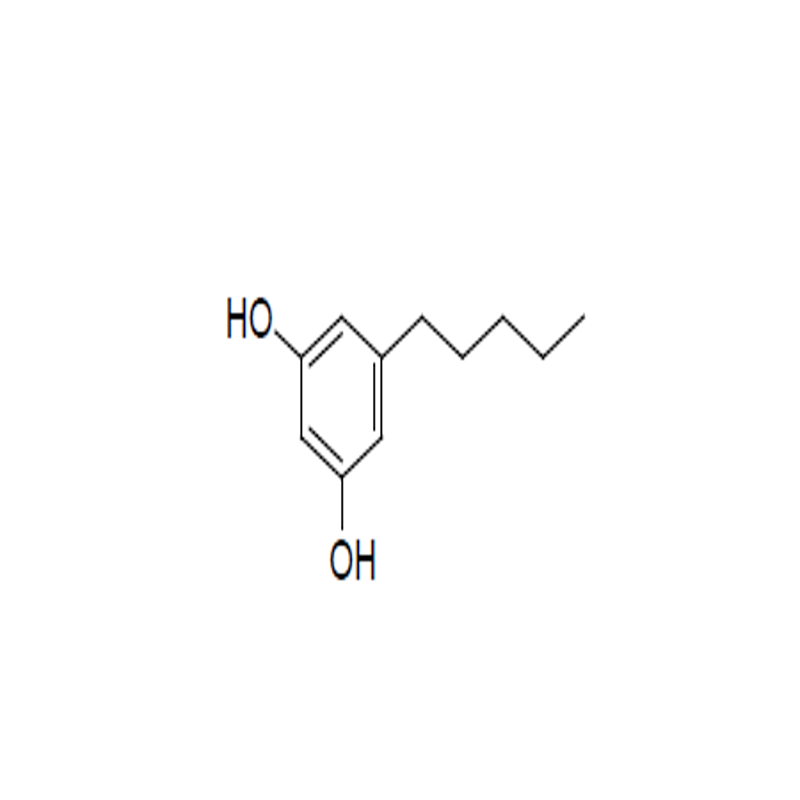The new method enables efficient reprogramming of cells
-
Last Update: 2021-03-15
-
Source: Internet
-
Author: User
Search more information of high quality chemicals, good prices and reliable suppliers, visit
www.echemi.com
team led by Yan Tingqing, a researcher at the Guangzhou Institute of Biomedicine and Health of the Chinese Academy of Sciences, developed a new method of high-efficiency reprogramming using 7 factors instead of traditional 4 factors (OKSM). This method is like upgrading mobile communication signal from "4G" to "5G", providing high-quality cell sources and new cell models for the study of regenerative medicine and the mechanism of inducing erythmatic stem cells. The study was published in Cell-Report.
scientists have developed different reprogramming systems to understand the secrets of open cell "changes" and advance clinical applications. It turns out that the urinal cells fold genomic DNA and histones at different levels into chromatin, and the chromatin's closing or opening state is closely related to the reading of precise information related to the fate of cells. The team found that changes in chromatin state during soy cell reprogramming followed certain rules.
It is in accordance with the law of chromatin dynamic changes in the reprogramming process, from the point of view of on and off, combined with gene expression spectrum analysis, the team developed a new high-efficiency reprogramming factor mix consisting of 7 factors (7F), which can quickly reprogram mice into fibroblasts as iPS cells. This mixture consists of five transcription factors Sall4, Esrrb, Nanog, Glsi1, Jdp2, and two oscic modification factors, Kdm2b and Mkk6.
pointed out that the system can be used to increase the reprogramming efficiency of traditional OKSM from less than 0.1% to about 10%, and at the rate, only need to reprogram for 4 days to obtain iPS cells capable of ingling mice and reproductive transmission mice. If the reprogramming process is likened to information communication, the birth of 7F will undoubtedly push the original "4G" to the "5G" fast track. Unlike the Yamanaka factor, 7F selects a specific "channel" that pushes sombre cells to the end of the iPSC, where the reprogramming factors work together to regulate the opening and closing of the corresponding bits.
this study reveals that the combination of reprogramming factors designed to follow the laws of chromatin dynamic change plays an important role in determining the characteristics of iPSCs, which facilitates the rapid access to high-quality iPSCs and provides more options for further revealing the reprogramming mechanism. At the same time, rapid short-term access to high-quality iPSCs can shorten the cell therapy process and accelerate the progress of stem cells and regenerative medicine to clinical. (Source: China Science Journal Zhu Hanbin Miao Yu
relevant paper information:
This article is an English version of an article which is originally in the Chinese language on echemi.com and is provided for information purposes only.
This website makes no representation or warranty of any kind, either expressed or implied, as to the accuracy, completeness ownership or reliability of
the article or any translations thereof. If you have any concerns or complaints relating to the article, please send an email, providing a detailed
description of the concern or complaint, to
service@echemi.com. A staff member will contact you within 5 working days. Once verified, infringing content
will be removed immediately.







